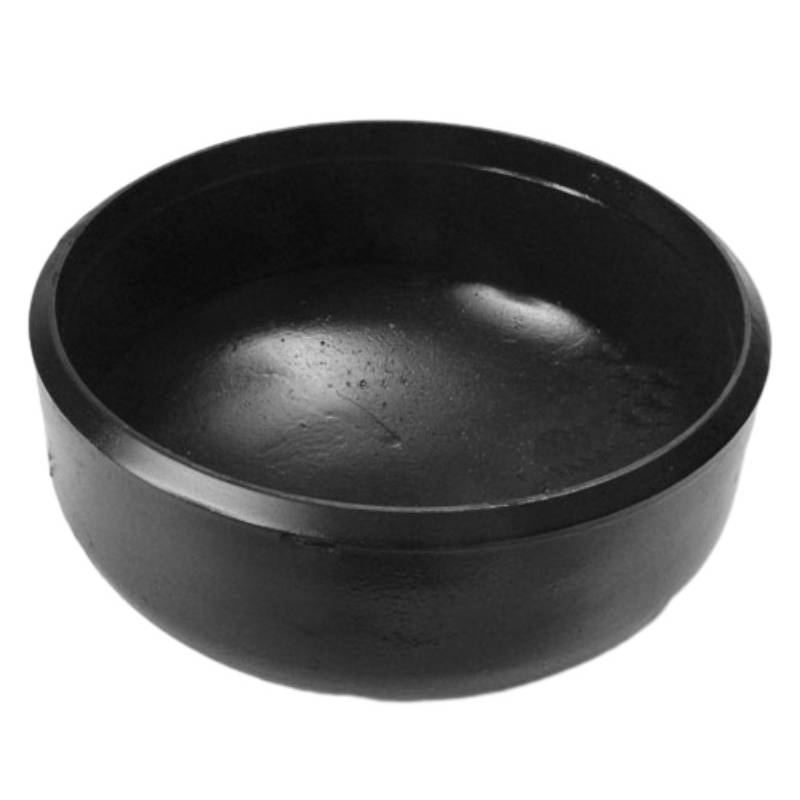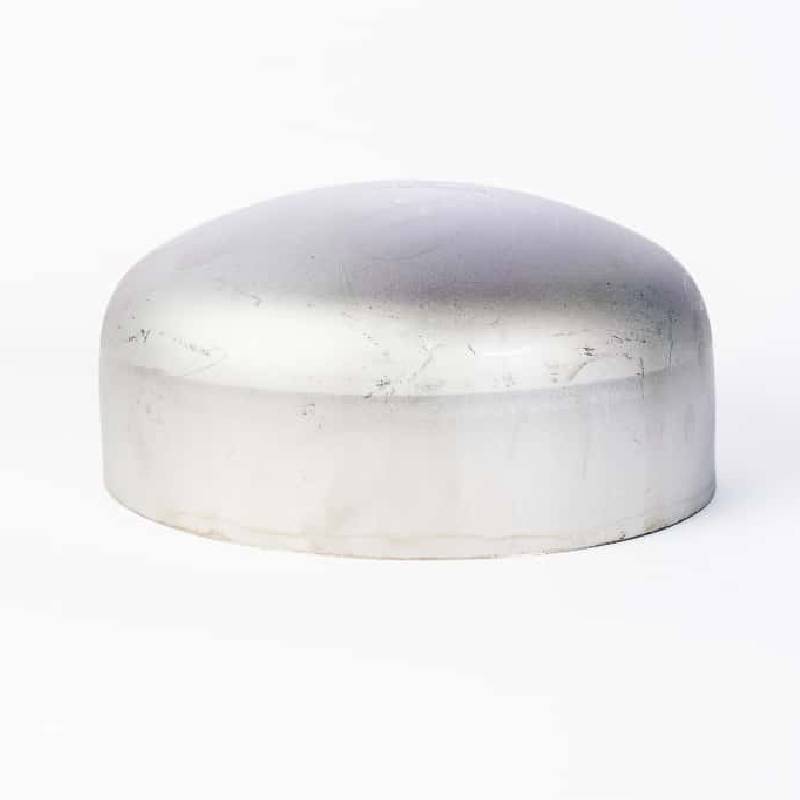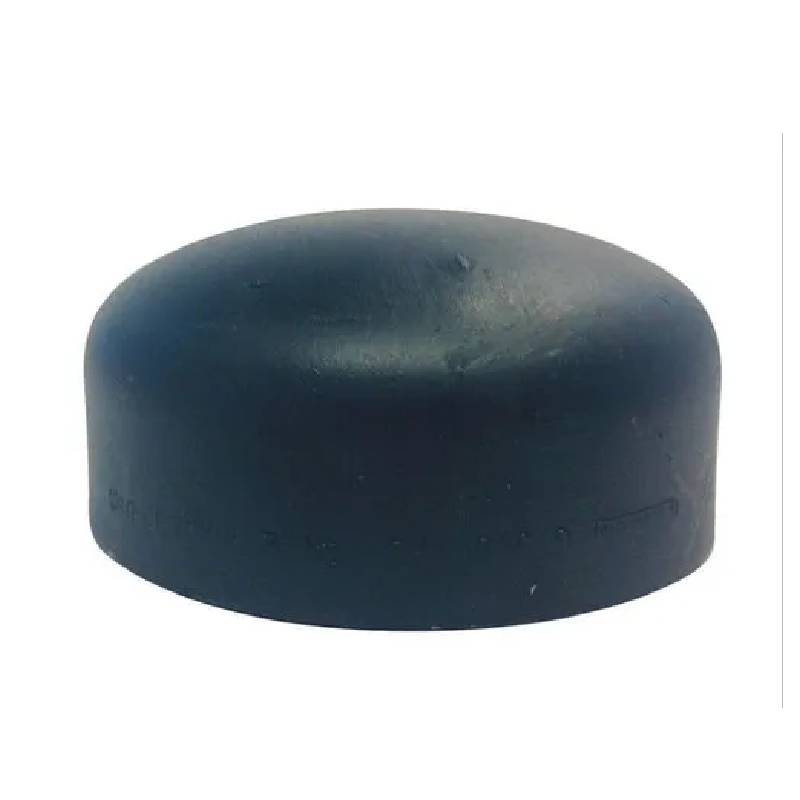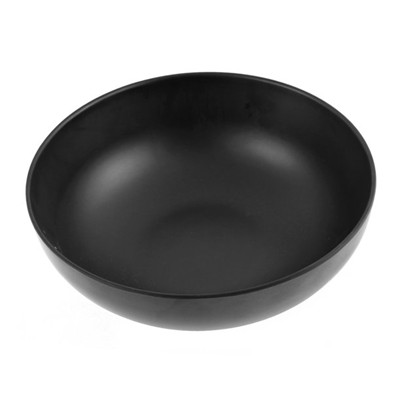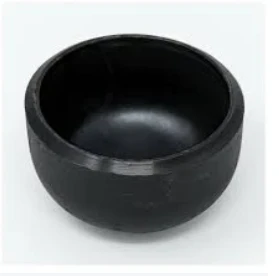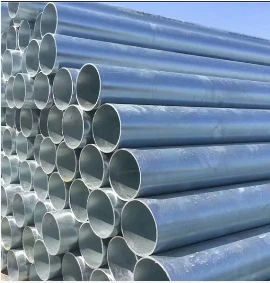-
الامتثال القياسي:
تلتزم أغطية اللحام التناكبي ANSI/ASME B16.9 بالمواصفات التي حددها المعهد الأمريكي الوطني للمعايير (ANSI) والجمعية الأمريكية للمهندسين الميكانيكيين (ASME). يضمن هذا التقييس التوحيد والتوافق والموثوقية في التصميم والأداء، مما يسهل التكامل السلس في أنظمة الأنابيب.
-
اتصال اللحام بعقب:
يتم تركيب أغطية اللحام التناكبي عن طريق لحامها مباشرة على نهاية الأنبوب، مما يؤدي إلى إنشاء اتصال دائم وقوي. تتضمن تقنية اللحام التناكبي تسخين أطراف الأنبوب والغطاء إلى درجة الانصهار، ثم ضغطهما معًا لتشكيل رابطة معدنية. توفر طريقة اللحام هذه وصلة قوية ومقاومة للتسرب، مما يلغي الحاجة إلى مواد مانعة للتسرب إضافية.
-
إغلاق مختوم:
تتمثل الوظيفة الأساسية لأغطية اللحام التناكبي في توفير إغلاق محكم لنهاية الأنابيب في نظام الأنابيب. تتميز هذه الأغطية بسطح مقبب أو مسطح يغطي فتحة الأنبوب، مما يمنع دخول أو خروج السوائل أو الغازات. يضمن الاتصال الملحوم إحكام الغلق، مما يقلل من مخاطر التسربات ويحافظ على سلامة النظام.
-
اختيار المواد:
تتوفر أغطية اللحام التناكبي بمواد مختلفة لتناسب ظروف التشغيل والوسائط المختلفة. تشمل المواد الشائعة الفولاذ الكربوني، والفولاذ المقاوم للصدأ، وسبائك الفولاذ، والسبائك غير الحديدية مثل النحاس أو النحاس. يعتمد اختيار المادة على عوامل مثل درجة الحرارة والضغط ومقاومة التآكل والتوافق مع السائل الذي يتم نقله.
-
تطبيقات متعددة الاستخدامات:
تجد أغطية اللحام التناكبي ANSI/ASME B16.9 تطبيقات في مختلف الصناعات، بما في ذلك النفط والغاز والبتروكيماويات والمعالجة الكيميائية ومعالجة المياه وتوليد الطاقة. يتم استخدامها لإغلاق نهايات خطوط الأنابيب والسفن والخزانات والمعدات، مما يوفر الحماية ضد التلوث والتآكل والمخاطر البيئية.
-
خيارات التخصيص:
على الرغم من أن أغطية اللحام التناكبي تلتزم بالأبعاد والمواصفات القياسية، إلا أن خيارات التخصيص متاحة لتلبية متطلبات المشروع المحددة. قد يشمل ذلك الاختلافات في حجم الغطاء والسمك ودرجة المادة والتشطيب السطحي. يمكن تصميم الأغطية المخصصة لتناسب تكوينات الأنابيب الفريدة وتتوافق مع الظروف الخاصة أو بيئات التشغيل.
Buttweld Fittings Manufacturing Process
The manufacturing of buttweld fittings primarily involves two methods: cold drawing and hot forming.
The general steps in the process are as follows:
1. Material Preparation
The initial stage involves sourcing and preparing the raw materials needed for production.
2. Cutting
Pipes or plates are cut into specified shapes or lengths as per requirements.
3. Forming
The materials are shaped into various configurations, such as buttweld pipe caps, 90-degree elbows, and reducing tees. Cold drawn products are formed directly into their designated shapes using hammers, mechanical presses, or upsetters. In contrast, the hot forming process begins with heating the material, followed by shaping it.
4. Heat Treatment
This process entails heating and cooling the metals to alter their microstructure, enhancing both physical and mechanical properties to achieve the desired characteristics.
5. Machining
Sharp cutting tools are employed in this stage to refine shapes and prepare the ends of the fittings.
6. Inspection and Testing
The products undergo a thorough inspection in accordance with relevant standards, checking dimensions, material quality, and appearance.
7. Coating (if required)
Finally, a coating may be applied as necessary to meet specific requirements.
Butt Weld Pipe Cap FAQs
-
What materials are the butt weld pipe caps made from?
- Our butt weld pipe caps are crafted from high-quality materials including carbon steel, stainless steel, and alloy steel. This selection ensures durability and resistance to corrosion, making them suitable for a wide range of applications in various industries such as oil and gas, water supply, and construction.
-
What sizes are available for the butt weld pipe caps?
- We offer a comprehensive range of sizes for our butt weld pipe caps, from small diameters to large fittings, accommodating various pipe sizes. Please refer to the product listing for specific dimensions or contact our customer support for assistance in selecting the appropriate size for your project needs.
-
Are these butt-weld pipe caps suitable for high-pressure applications?
- Yes, our butt weld pipe caps are designed to support high-pressure applications. They meet industry standards and specifications, providing a secure and leak-proof seal that can withstand significant pressure levels. Be sure to check the specifications to ensure compatibility with your particular system requirements.
-
How do I install the butt weld pipe caps?
- Installing butt weld pipe caps requires welding them directly to the pipe for a strong, permanent connection. We recommend using qualified welders and following proper welding procedures to ensure a secure fit and maintain the integrity of the piping system. For detailed installation guidelines, please consult the accompanying technical documentation.
-
Can these butt-weld pipe caps be used in outdoor applications?
Absolutely! Our butt weld pipe caps are suitable for both indoor and outdoor applications. They are built to withstand environmental factors, making them ideal for exterior installations. For prolonged exposure to harsh conditions, we recommend our stainless steel options for enhanced resistance to corrosion.
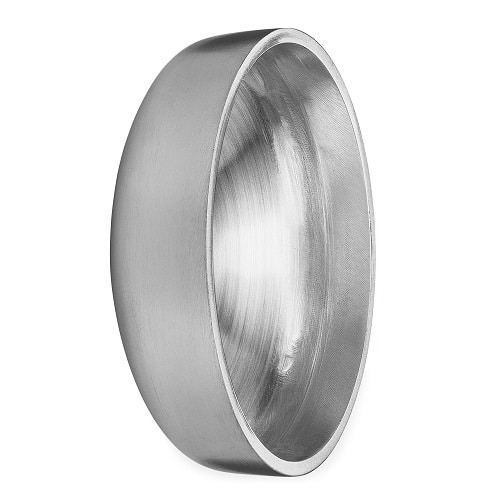
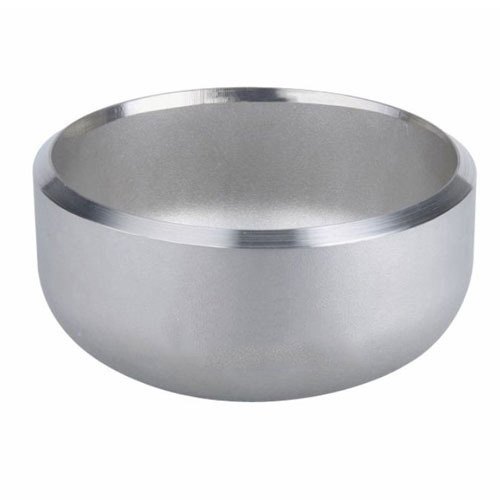
تعتبر أغطية اللحام التناكبي ANSI/ASME B16.9 مكونات مهمة في أنظمة الأنابيب الصناعية، مما يوفر إغلاقًا آمنًا ومانعًا للتسرب لأطراف الأنابيب. إن امتثالها لمعايير ANSI وASME، واتصال اللحام التناكبي، وقدرات الختم، وتعدد الاستخدامات يجعلها لا غنى عنها في التطبيقات المختلفة عبر الصناعات. باستخدام أغطية اللحام التناكبي، يمكن للمهندسين والمشغلين ضمان سلامة أنظمة الأنابيب الخاصة بهم وسلامتها وكفاءتها، مما يساهم في عمليات سلسة وخالية من المشاكل.







